Élaboration d'une stratégie par catégorie : étapes et meilleures pratiques

Présentation
Une approche structurée de l'approvisionnement et de l'approvisionnement est essentielle pour optimiser l'efficacité et la rentabilité. L'élaboration d'une stratégie catégorielle bien définie est cruciale si vous souhaitez réduire les coûts, atténuer les risques et améliorer les performances des fournisseurs. Une stratégie par catégorie fournit un cadre systématique pour la gestion des achats au sein de segments spécifiques, garantissant ainsi que vos décisions d'achat s'alignent sur des objectifs commerciaux plus larges.
Comprendre et mettre en œuvre une stratégie catégorielle efficace permet de rationaliser les opérations, d'optimiser les relations avec les fournisseurs et de créer de la valeur à long terme. Dans ce guide, vous explorerez les éléments fondamentaux de la stratégie par catégorie, les étapes à suivre pour en développer une et les meilleures pratiques pour garantir une exécution réussie.
Qu'est-ce qu'une stratégie catégorielle ?
Une stratégie par catégorie est une approche structurée de l'approvisionnement qui regroupe les biens et services dans des catégories distinctes, ce qui permet une meilleure gestion et une meilleure optimisation. Contrairement aux méthodes d'approvisionnement traditionnelles, qui se concentrent sur les achats individuels, la gestion des catégories adopte une vision globale afin d'améliorer l'efficacité et la création de valeur.
L'adoption d'une stratégie par catégorie vous permet d'analyser les habitudes de dépenses, d'évaluer les relations avec les fournisseurs et d'évaluer les conditions du marché pour prendre des décisions fondées sur des données. Cette stratégie garantit que vos activités d'approvisionnement s'alignent sur les objectifs commerciaux généraux, ce qui favorise la rentabilité et l'amélioration des performances sur l'ensemble de votre chaîne d'approvisionnement.
Pour établir une base solide, vous devez comprendre les éléments essentiels d'une stratégie catégorielle. Explorons les dix éléments clés qui façonnent une approche efficace.
Lisez également : Comment réussir dans la gestion des catégories
Les 10 éléments clés d'une stratégie de catégorie
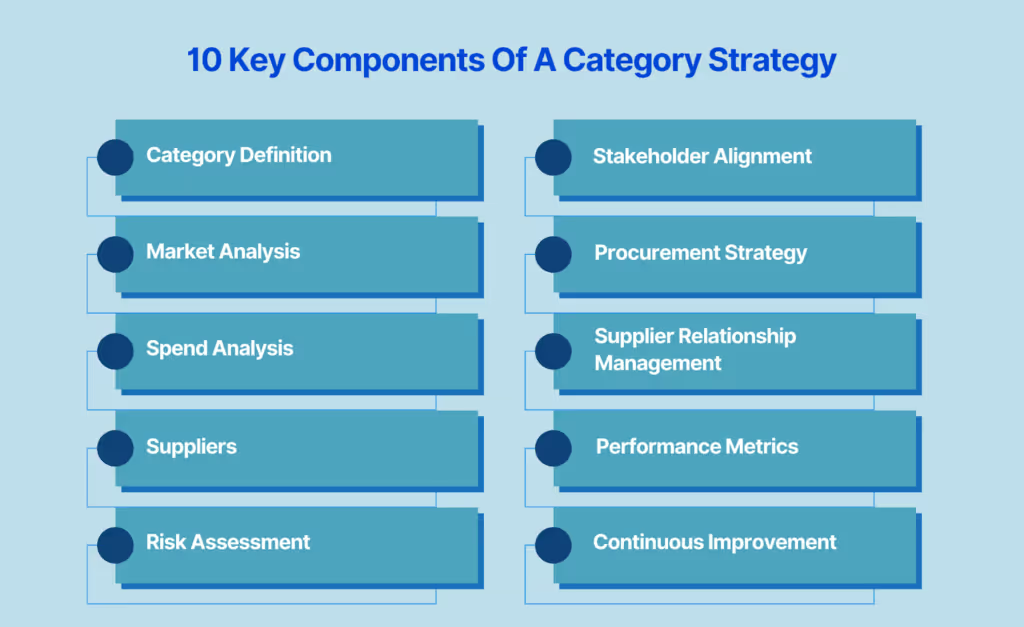
Voici les 10 éléments clés d'une stratégie catégorielle :
- Définition de la catégorie : Définissez clairement la portée de la catégorie en identifiant les produits ou services qui en font partie.
- Analyse de marché : Évaluez les tendances du marché externe, les risques d'approvisionnement et les fluctuations de prix pour prendre des décisions éclairées.
- Analyse des dépenses : Examinez les dépenses passées pour identifier les opportunités de réduction des coûts et optimiser la planification des achats.
- Fournisseurs : Évaluez les fournisseurs actuels et potentiels en fonction de leur fiabilité, de leurs performances et de leur rentabilité.
- Évaluation des risques : Identifiez les risques potentiels liés à la chaîne d'approvisionnement, notamment les perturbations, les problèmes de conformité et la volatilité des prix.
- Alignement des parties prenantes : Garantissez la collaboration avec les parties prenantes internes telles que les équipes financières, opérationnelles et juridiques.
- Stratégie d'approvisionnement : Définissez votre approche d'approvisionnement, que ce soit par le biais d'appels d'offres, de contrats à long terme ou de partenariats stratégiques.
- Gestion de la relation avec les fournisseurs : Élaborez des stratégies pour maintenir et renforcer les relations avec les principaux fournisseurs.
- Indicateurs de performance : Établissez des indicateurs de performance clés (KPI) pour mesurer l'efficacité de votre stratégie catégorielle.
- Amélioration continue : Révisez et affinez régulièrement votre stratégie pour l'adapter à l'évolution des conditions du marché et des besoins commerciaux.
Chacun de ces éléments contribue à une stratégie catégorielle bien structurée qui améliore l'efficacité des achats. Passons maintenant en revue le processus étape par étape d'élaboration et de mise en œuvre de votre stratégie.
Lisez également : Comprendre les coûts d'approvisionnement et les stratégies de réduction
Étapes pour développer une stratégie de catégorie
Voici les étapes nécessaires pour développer une stratégie de catégorie :
1. Définir les objectifs et la portée
Commencez par définir des objectifs clairs pour votre stratégie de catégorie. Vous souhaitez réduire les coûts, regrouper les fournisseurs ou améliorer l'efficacité ? Définissez le champ d'application en identifiant les produits ou services qui entrent dans chaque catégorie.
2. Réaliser une analyse du marché et des dépenses
Collectez des données sur les tendances du marché, les capacités des fournisseurs et l'historique des habitudes de dépenses. Cette analyse vous aidera à identifier les inefficacités et les domaines dans lesquels vous pourriez réaliser des économies de coûts.
3. Segmentez et hiérarchisez les catégories
Regroupez des produits ou services similaires et hiérarchisez les catégories en fonction de leur impact commercial et de leurs facteurs de risque. Concentrez-vous sur les catégories à forte valeur ajoutée qui offrent les avantages les plus stratégiques.
4. Élaborez des stratégies d'approvisionnement
Choisissez l'approche d'approvisionnement la plus efficace, qu'il s'agisse d'appels d'offres, de négociations directes ou de partenariats à long terme. Votre stratégie doit correspondre à vos objectifs commerciaux et à votre tolérance au risque.
5. Mobiliser les principales parties prenantes
Collaborez avec les départements concernés pour assurer l'alignement et obtenir du soutien pour votre stratégie de catégorie. Les décisions d'achat doivent être parfaitement intégrées aux considérations financières, opérationnelles et juridiques.
6. Sélection et gestion des fournisseurs
Identifiez les meilleurs fournisseurs sur la base de la qualité, de la fiabilité et de la rentabilité. Établissez des attentes de performance claires par le biais de contrats et d'accords de service.
7. Mettre en œuvre et surveiller les performances
Déployez votre stratégie et suivez ses performances à l'aide de KPI prédéfinis. Un suivi régulier vous permet de mesurer le succès et de procéder aux ajustements nécessaires.
8. Révisez et optimisez régulièrement
Une stratégie de catégorie n'est pas statique. Évaluez et affinez en permanence votre approche pour répondre aux changements du marché et à l'évolution des besoins commerciaux.
En suivant ces étapes structurées, vous pouvez développer une stratégie catégorielle pratique, adaptable et adaptée à vos objectifs commerciaux. Pour garantir un succès à long terme, considérez ces meilleures pratiques pour la mise en œuvre.
Lisez également : Comprendre les tableaux de bord de gestion des catégories
Meilleures pratiques pour une mise en œuvre réussie de la stratégie par catégorie
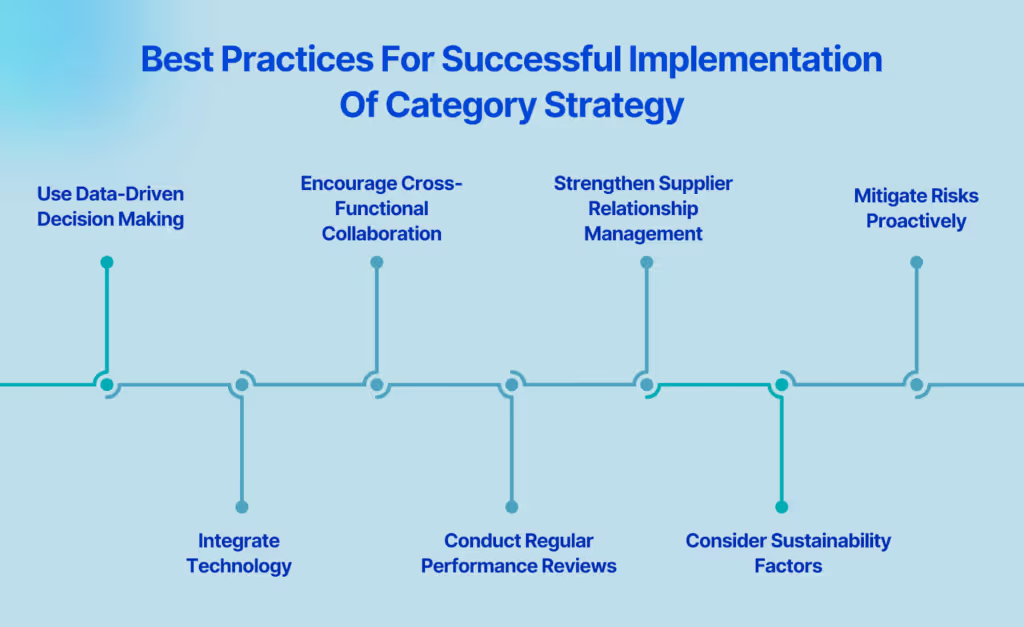
Voici les meilleures pratiques pour une mise en œuvre réussie de la stratégie par catégorie. Jetons-y un coup d'œil rapide -
- Utilisez la prise de décision basée sur les données : Utilisez des données précises et à jour pour éclairer les stratégies d'approvisionnement et d'approvisionnement. Les outils d'analyse des données peuvent vous aider à identifier les tendances et à optimiser les dépenses.
- Encouragez la collaboration interfonctionnelle : Impliquez les équipes des services financiers, opérationnels et juridiques pour obtenir des points de vue diversifiés et garantir l'alignement sur les objectifs de l'entreprise.
- Renforcer la gestion des relations avec les fournisseurs : Établissez des partenariats solides avec les fournisseurs grâce à une communication ouverte, à des évaluations régulières et à une collaboration stratégique.
- Atténuez les risques de manière proactive : Identifiez les risques potentiels, tels que les perturbations de la chaîne d'approvisionnement ou les fluctuations de prix, et élaborez des plans d'urgence pour minimiser l'impact.
- Intégrer la technologie : Utilisez des logiciels d'approvisionnement et des outils d'analyse pour rationaliser la gestion des catégories et améliorer la visibilité sur l'ensemble de votre chaîne d'approvisionnement.
- Procéder à des évaluations régulières des performances : Évaluez régulièrement votre stratégie pour en mesurer l'efficacité et apporter les ajustements nécessaires à une amélioration continue.
- Tenez compte des facteurs de durabilité : Tenez compte des considérations environnementales, sociales et de gouvernance (ESG) lors de la prise de décisions d'approvisionnement afin de les aligner sur les objectifs de responsabilité sociale de l'entreprise.
En mettant en œuvre ces meilleures pratiques, vous pouvez vous assurer que votre stratégie catégorielle reste résiliente et adaptable. Cependant, des défis peuvent encore survenir et il est important d'avoir un plan pour les surmonter.
Lisez également : Gestion des catégories dans les achats : stratégie et avantages
Comment surmonter les défis courants de votre stratégie de catégorie ?
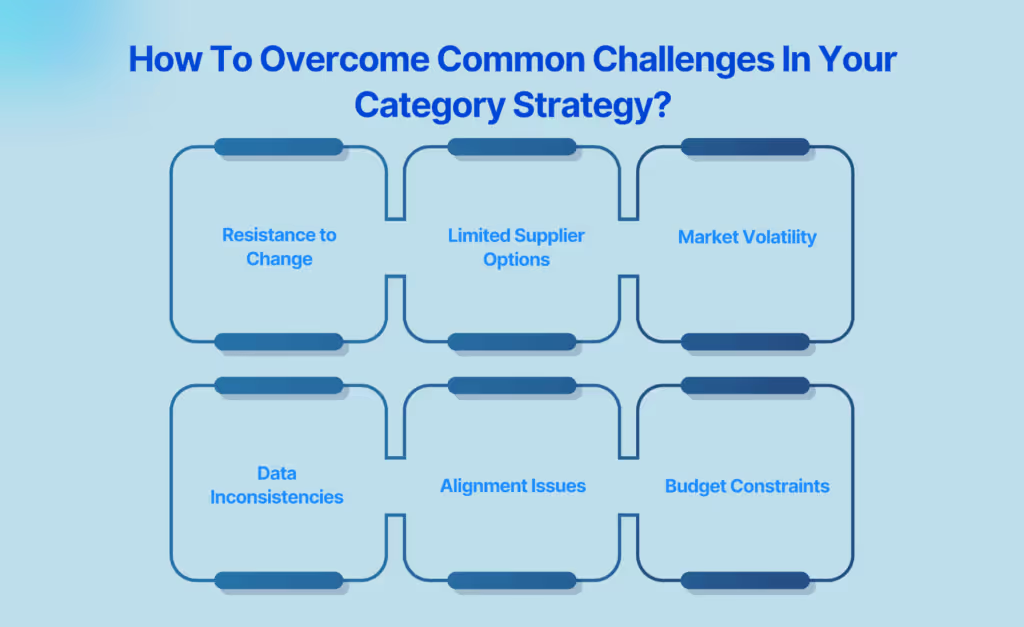
Voici comment vous pouvez surmonter les défis liés à la stratégie de gestion des catégories :
- Résistance au changement: Sensibiliser les parties prenantes aux avantages de la stratégie catégorielle et les impliquer dans le processus de prise de décision pour obtenir leur soutien.
- Options de fournisseurs limitées: développez vos efforts d'approvisionnement en identifiant de nouveaux fournisseurs et en explorant d'autres méthodes d'approvisionnement.
- Volatilité du marché: Mettez en œuvre des contrats flexibles et diversifiez l'approvisionnement pour réduire la dépendance à l'égard d'un seul fournisseur.
- Incohérences dans les données: Standardiser les processus de collecte et de communication des données pour garantir l'exactitude et permettre une prise de décision éclairée.
- Problèmes d'alignement: Établissez des canaux de communication clairs pour aligner les stratégies d'achat sur les objectifs commerciaux plus larges.
- Contraintes budgétaires: Concentrez-vous sur des solutions rentables et négociez des conditions favorables avec les fournisseurs afin de maximiser la valeur.
Relever ces défis dès le début permettra d'éviter les perturbations et de garantir un processus de mise en œuvre fluide. Une stratégie catégorielle bien structurée contribue de manière significative à l'efficacité opérationnelle et à la réussite commerciale à long terme.
Lisez également : Mettre en œuvre et comprendre l'importance de la gestion des catégories
Comment akirolabs peut-il contribuer à la stratégie des catégories ?
À laboratoires d'akiro, nous vous fournissons les outils et les informations nécessaires pour faire passer la gestion des catégories d'une tâche opérationnelle de routine à un atout stratégique puissant.
Notre plateforme basée sur l'IA simplifie les flux de travail complexes, améliore la prise de décision basée sur les données et garantit que chaque stratégie s'aligne sur vos objectifs commerciaux pour un impact maximal.
- Transformez votre approche : Passez des tâches de réduction des coûts opérationnels à la création de stratégies à fort impact et axées sur la valeur, alignées sur les objectifs de votre organisation.
- Collaborez en toute simplicité : Éliminez les silos grâce à des outils centralisés qui favorisent l'alignement entre les services, garantissant ainsi l'adhésion précoce des parties prenantes.
- Exploitez les informations issues de l'IA : Tirez parti d'analyses avancées pour obtenir des informations exploitables sur les tendances du marché, les performances des fournisseurs et les risques.
- Élaborez des stratégies personnalisées : Élaborez des stratégies spécifiques à chaque catégorie en utilisant plus de 100 leviers d'approvisionnement pour maximiser l'impact et répondre à des besoins uniques.
- Gérez les risques de manière proactive : Surveillez et atténuez en permanence les vulnérabilités de votre chaîne d'approvisionnement afin de garantir la résilience opérationnelle.
- Intégrer la durabilité : Intégrez des indicateurs ESG à vos stratégies afin d'aligner les achats sur les objectifs de développement durable et les pratiques éthiques.
- Suivez et signalez la valeur : Utilisez des tableaux de bord en temps réel pour mesurer l'impact de vos stratégies et communiquer des résultats clairs et exploitables aux parties prenantes.
- Améliorez l'efficacité : Automatisez les tâches répétitives et simplifiez les flux de travail, libérant ainsi du temps pour les initiatives stratégiques.
- Adaptez-vous de manière dynamique : Ajustez les stratégies en temps réel en fonction de l'évolution des besoins de l'entreprise ou des conditions du marché, afin de garantir la pertinence et le succès à long terme.
- Favorisez un changement de mentalité : Donnez aux équipes les moyens de passer des opérations tactiques à la réflexion stratégique, contribuant ainsi au succès organisationnel à long terme.
Avec laboratoires d'akiro, vous pouvez faire passer la gestion des catégories au niveau supérieur, en la transformant en un avantage stratégique qui apporte une valeur mesurable à votre organisation.
Conclusion
L'élaboration d'une stratégie par catégorie est essentielle pour optimiser les achats, renforcer les relations avec les fournisseurs et améliorer la rentabilité. Vous pouvez transformer les achats en une fonction génératrice de valeur en suivant une approche structurée : définition des objectifs, analyse des tendances du marché, segmentation des catégories, engagement des parties prenantes et amélioration continue de votre stratégie.
La mise en œuvre des meilleures pratiques telles que la prise de décision basée sur les données, la collaboration interfonctionnelle, la gestion des relations avec les fournisseurs et l'intégration du développement durable garantit que votre stratégie reste adaptable, efficace et alignée sur les objectifs commerciaux. Bien que des défis puissent survenir, une gestion proactive des risques et un suivi continu des performances vous aideront à garder une longueur d'avance sur les fluctuations du marché.
Pour en savoir plus sur la stratégie des catégories, Réservez une démo dès aujourd'hui!
Qu'est-ce qui fait la réussite d'un projet pilote avec akirolabs ?
Nous définissons le succès en collaboration avec votre équipe. Les résultats typiques incluent la création de stratégies pour les catégories prioritaires, des améliorations mesurables des processus et un alignement interne. Nous fournissons un soutien complet et une feuille de route claire pour l'évaluation.
Puis-je essayer la plateforme de manière pratique après la démonstration ?
Oui, nous proposons des pilotes guidés et des environnements sandbox en fonction de l'étape à laquelle vous vous trouvez dans le processus d'achat. Ils vous permettent, à vous et à votre équipe, d'explorer les fonctionnalités dans votre propre contexte.
Qui devrait assister à la démonstration au sein de mon organisation ?
Nous vous recommandons d'inclure les principales parties prenantes de votre équipe de direction des achats, de votre fonction de gestion des catégories et de vos groupes d'excellence ou de transformation des achats. L'inclusion des parties prenantes commerciales peut également s'avérer utile pour démontrer comment la plateforme facilite la collaboration interfonctionnelle.
Que vais-je voir lors d'une démonstration d'akirolabs ?
Au cours de la démonstration, vous verrez le pupitre de stratégie par catégorie complet d'akirolabs en action, y compris le flux de travail collaboratif, les informations d'AkiroAssist alimentées par l'IA, les fonctionnalités de modélisation de scénarios stratégiques et la fonctionnalité Strategy One-Pager. Nous personnaliserons la démonstration afin de mettre l'accent sur les aspects les plus pertinents pour les besoins de votre organisation.
Puis-je voir comment akirolabs fonctionnerait avec nos catégories spécifiques ?
Oui, nous pouvons personnaliser la démo pour montrer comment akirolabs fonctionne avec vos catégories spécifiques et votre structure d'approvisionnement. Faites-nous part de vos domaines prioritaires à l'avance et nous personnaliserons la démonstration en conséquence.
Combien de temps dure une démo classique ?
Une démonstration standard dure environ 45 à 60 minutes, ce qui permet d'avoir un aperçu complet de la plateforme et de discuter de vos besoins spécifiques. Nous pouvons ajuster le calendrier en fonction de vos disponibilités et de vos centres d'intérêt.
Êtes-vous prêt à transformer votre stratégie d'approvisionnement ?
Il existe une meilleure façon de procéder aux achats. C'est IT.
.avif)







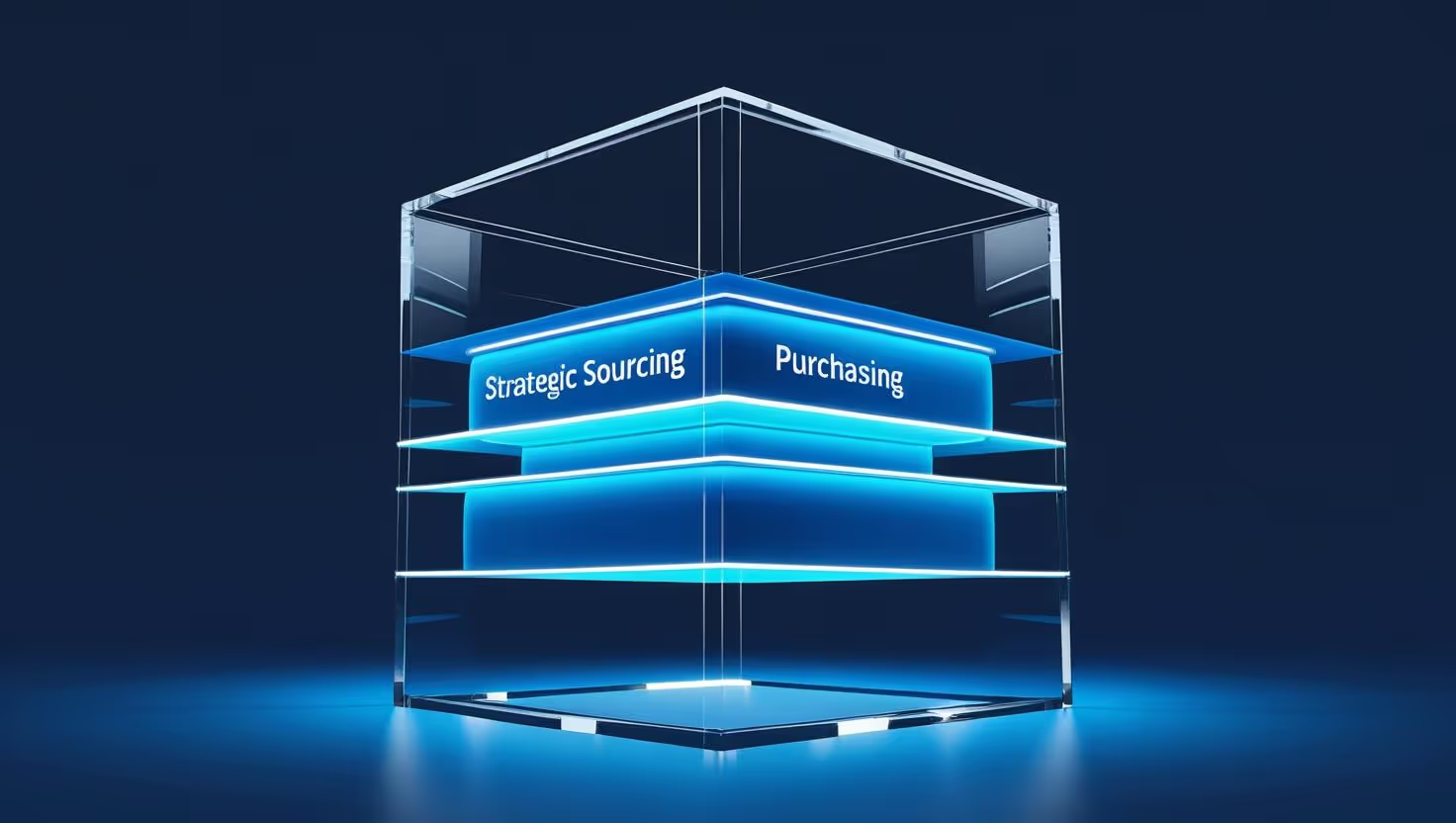


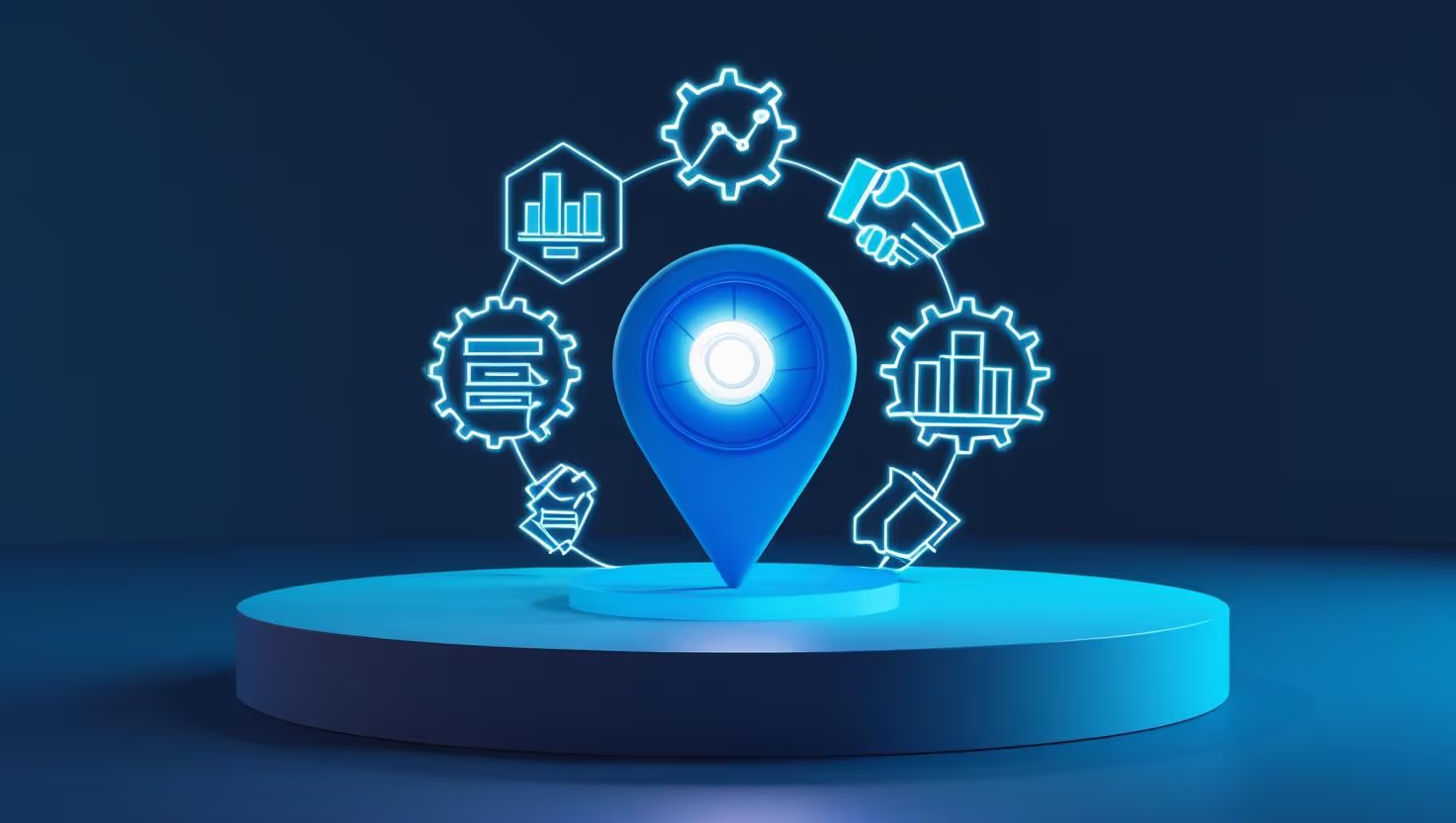





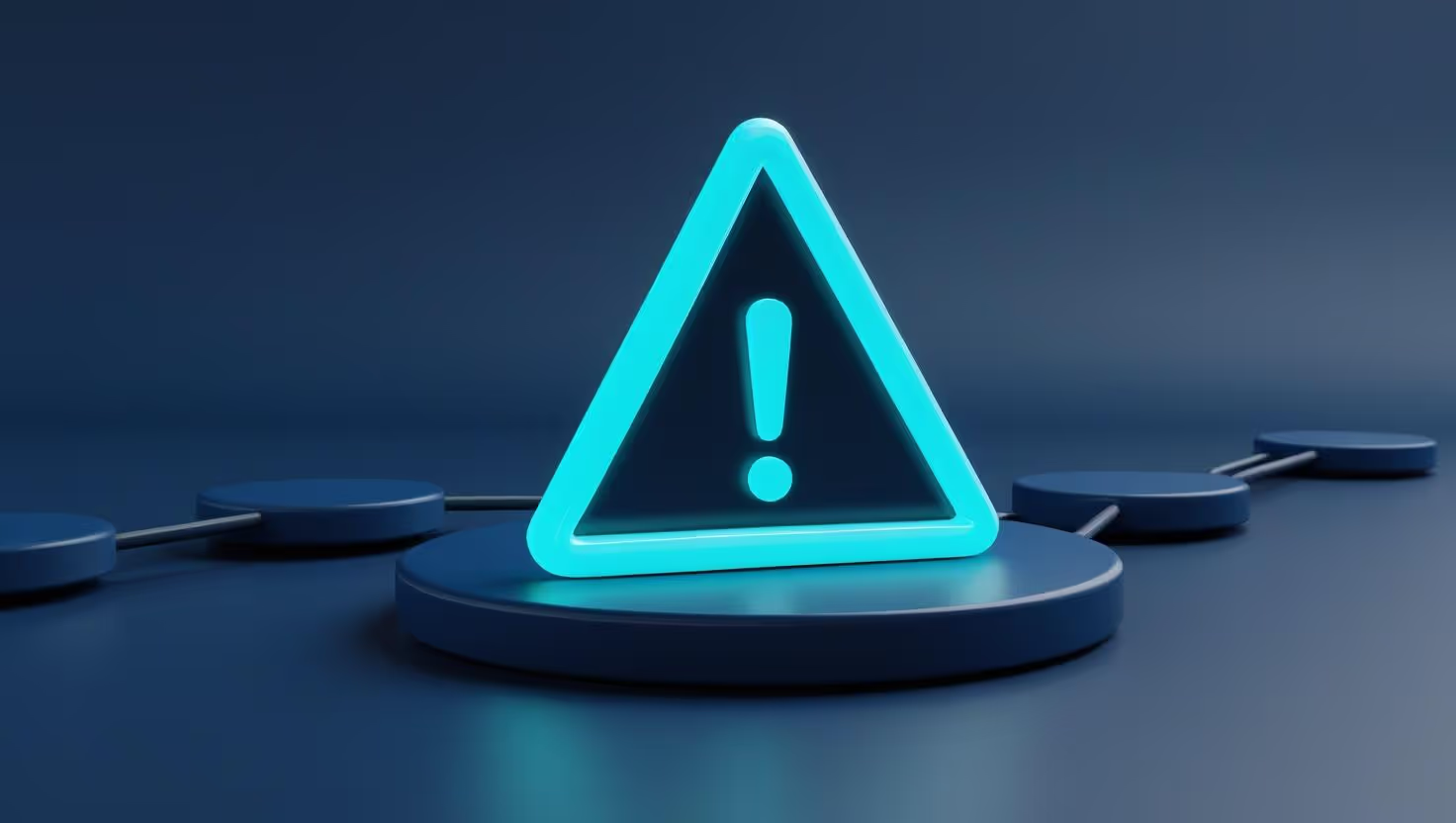







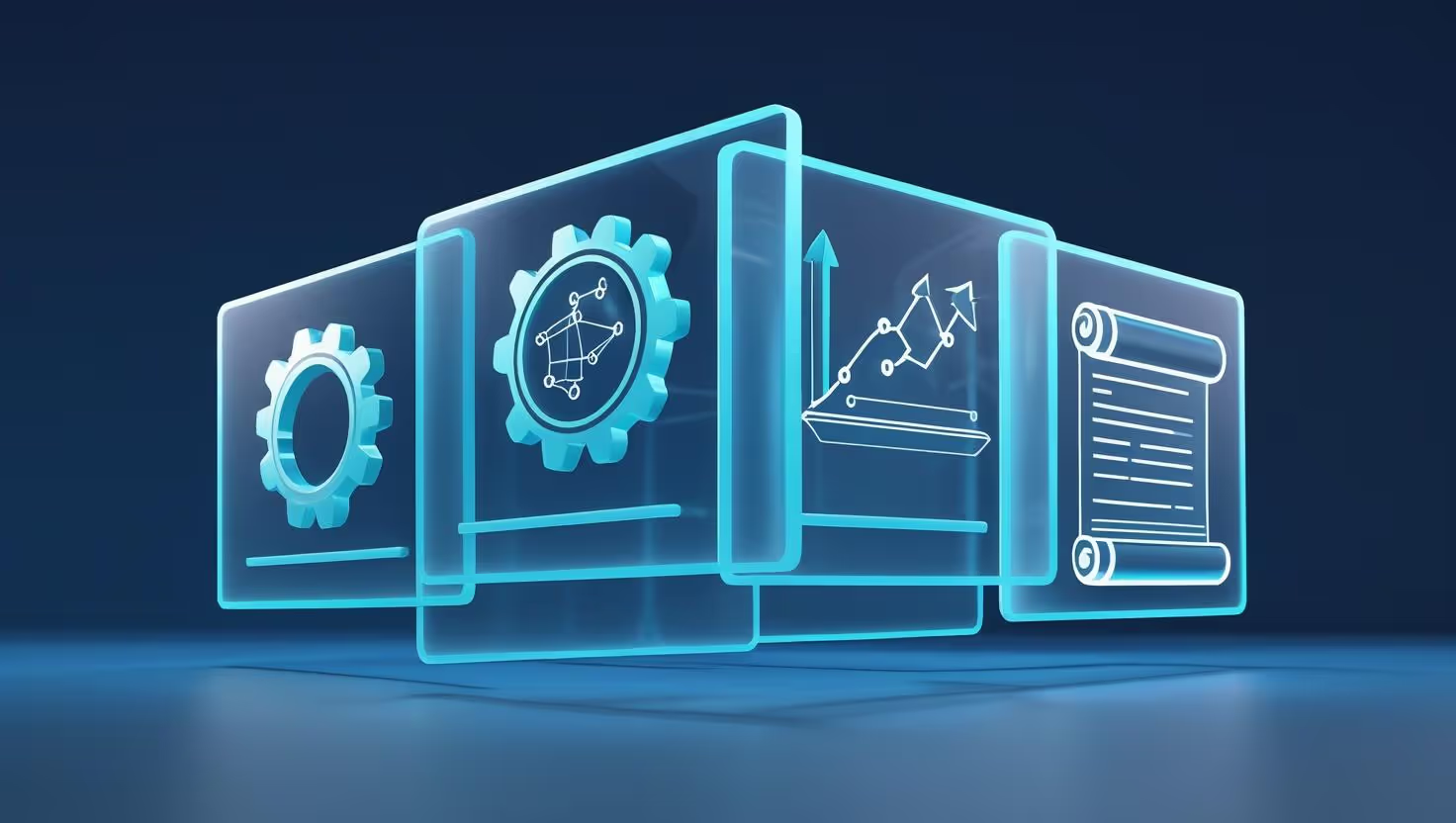



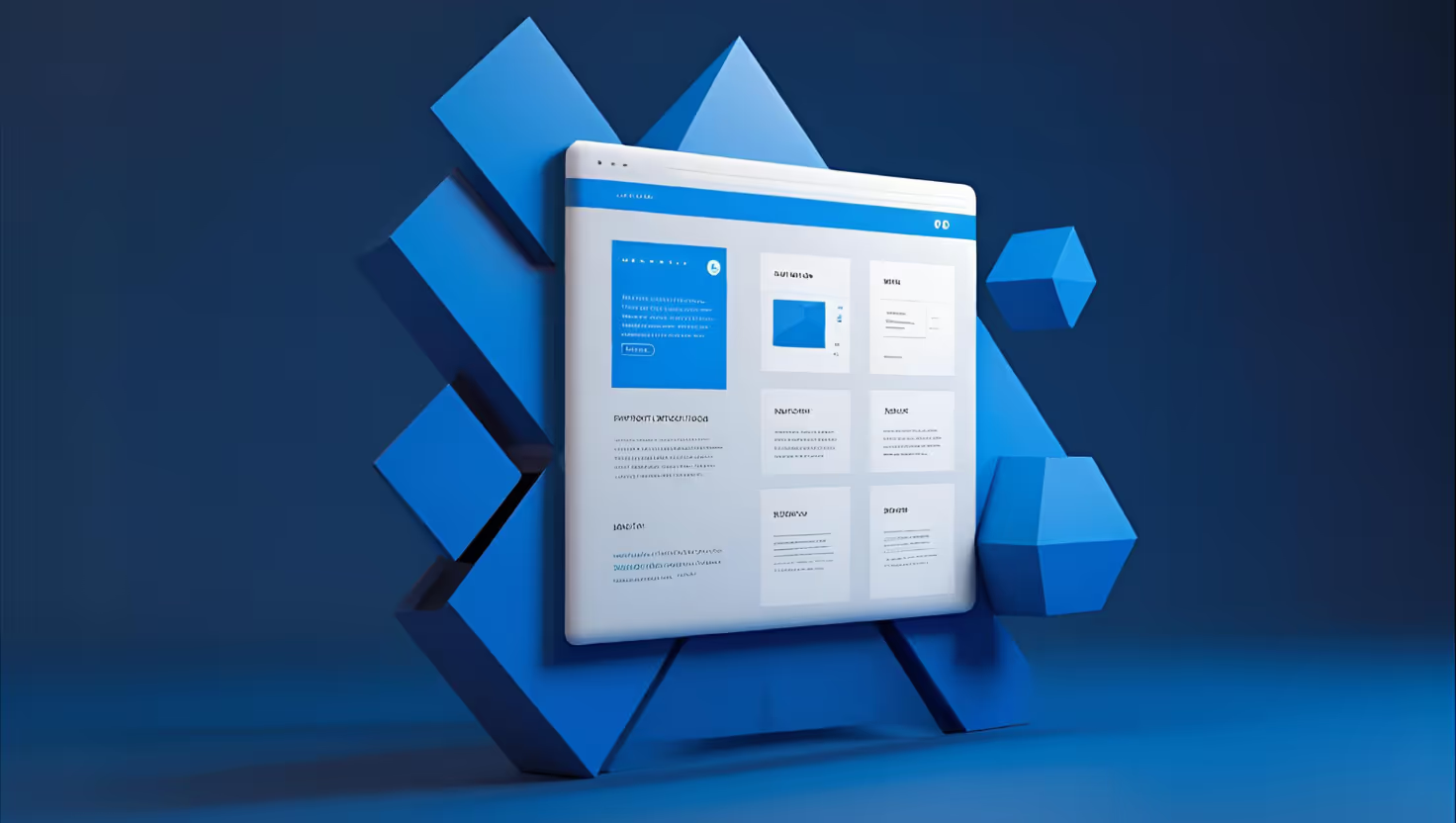









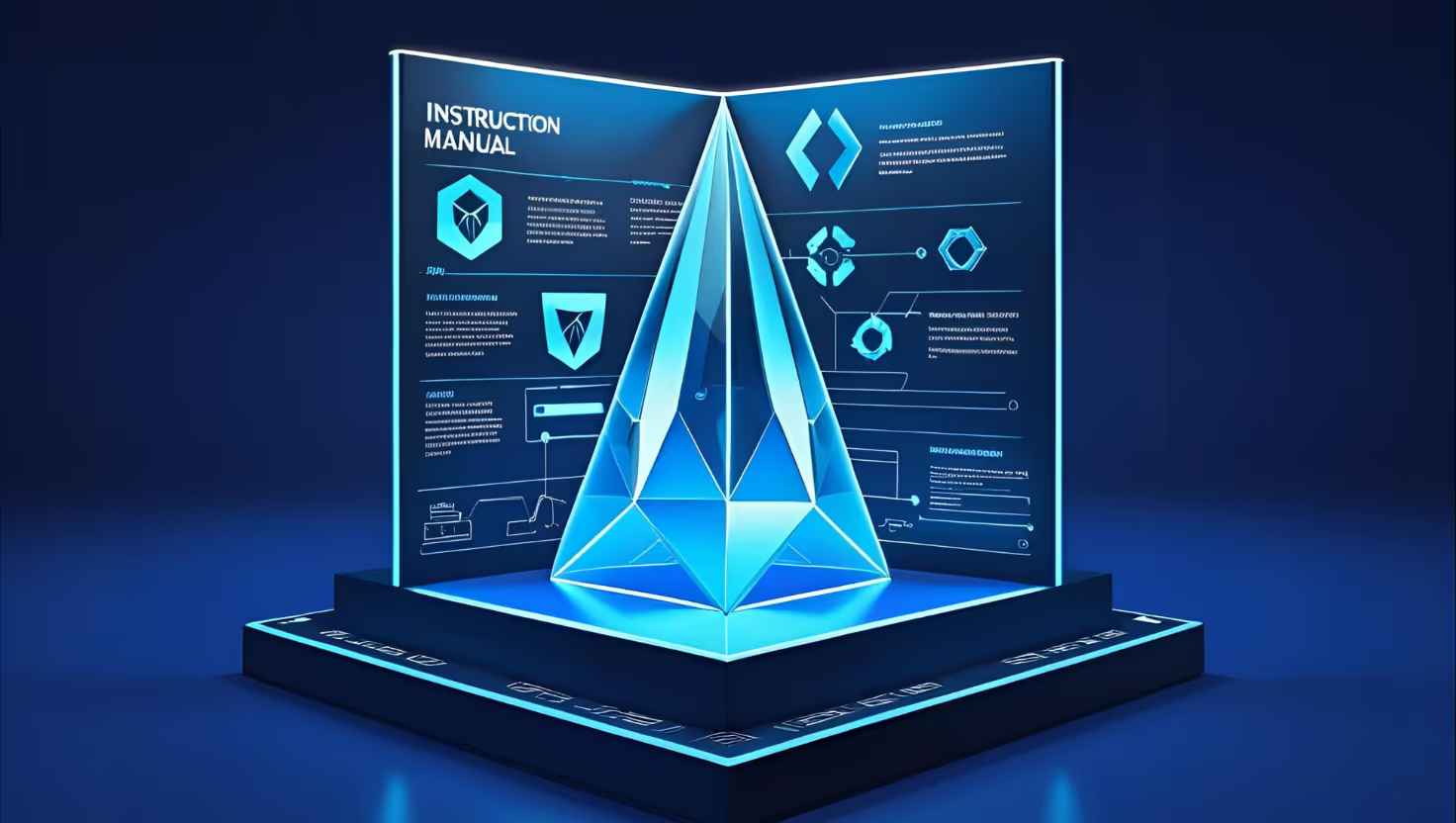




















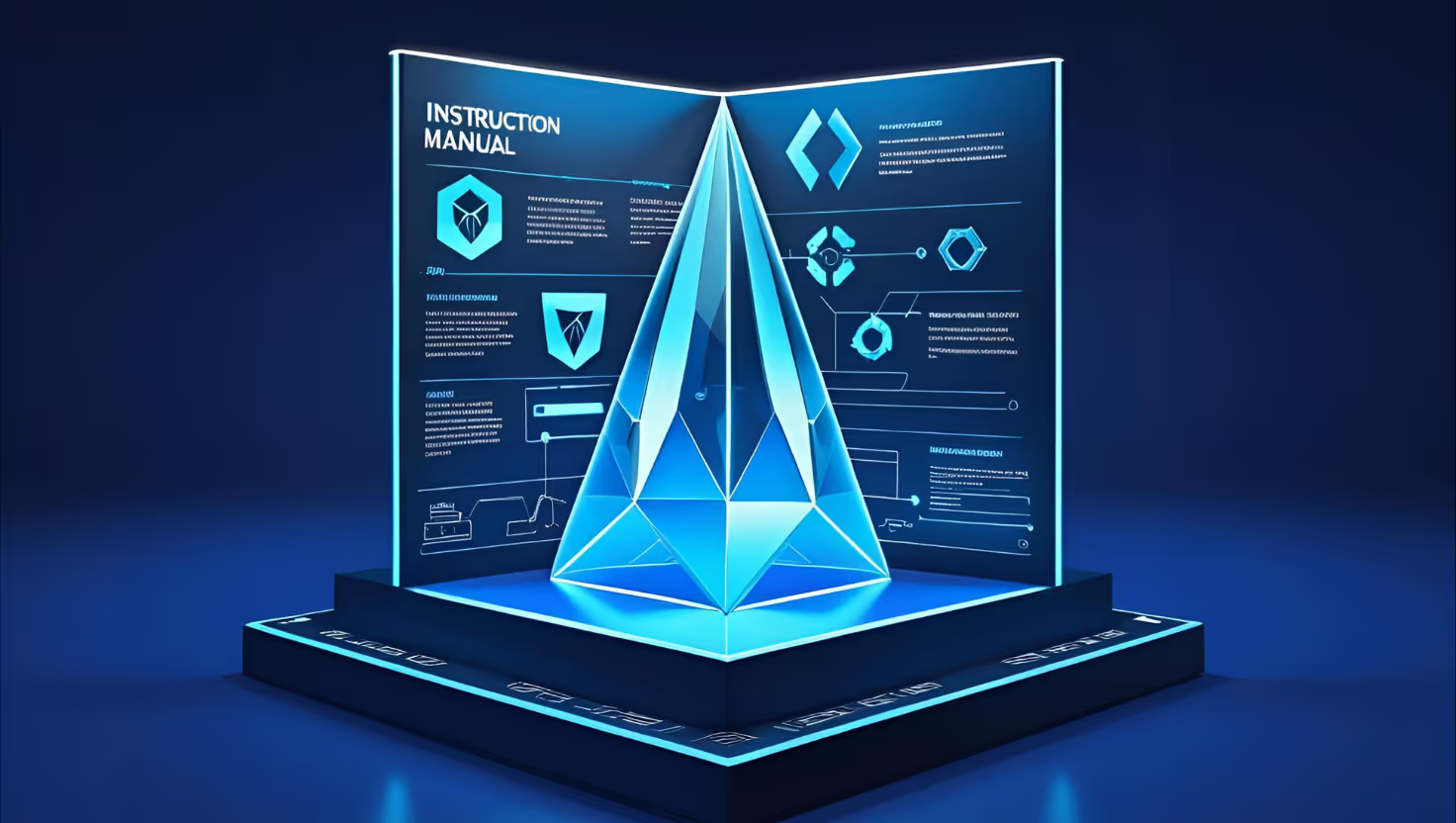










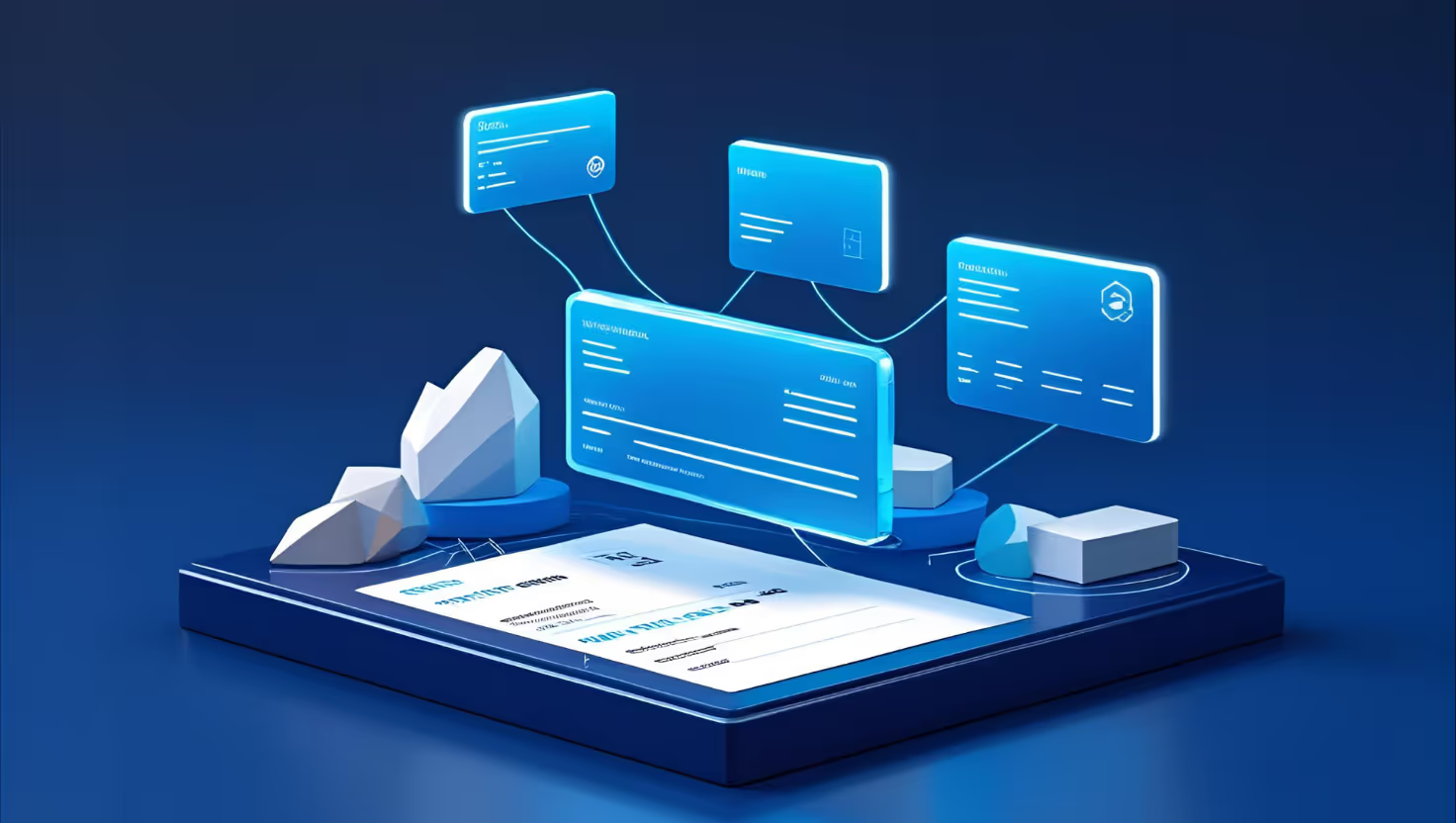












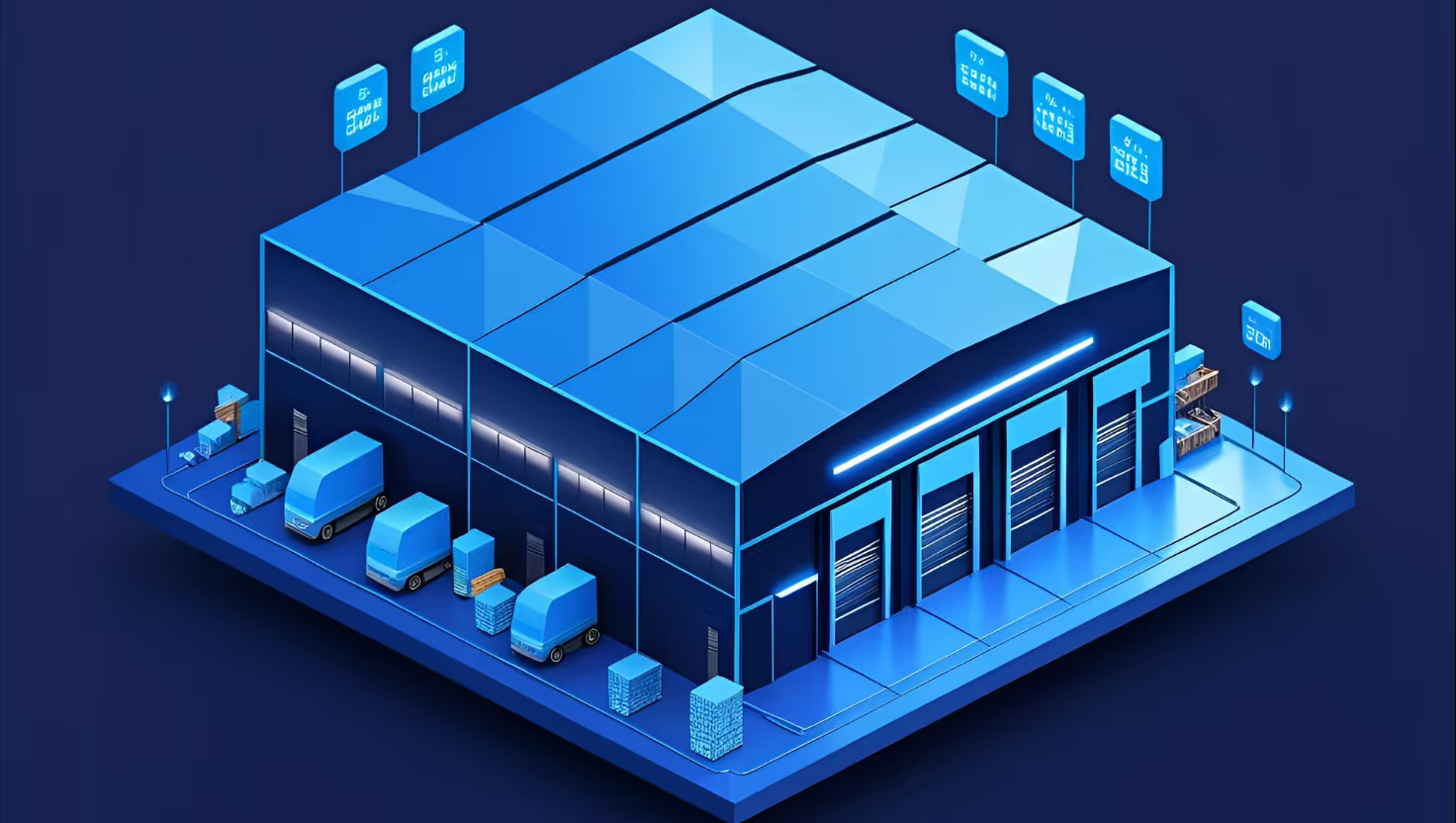

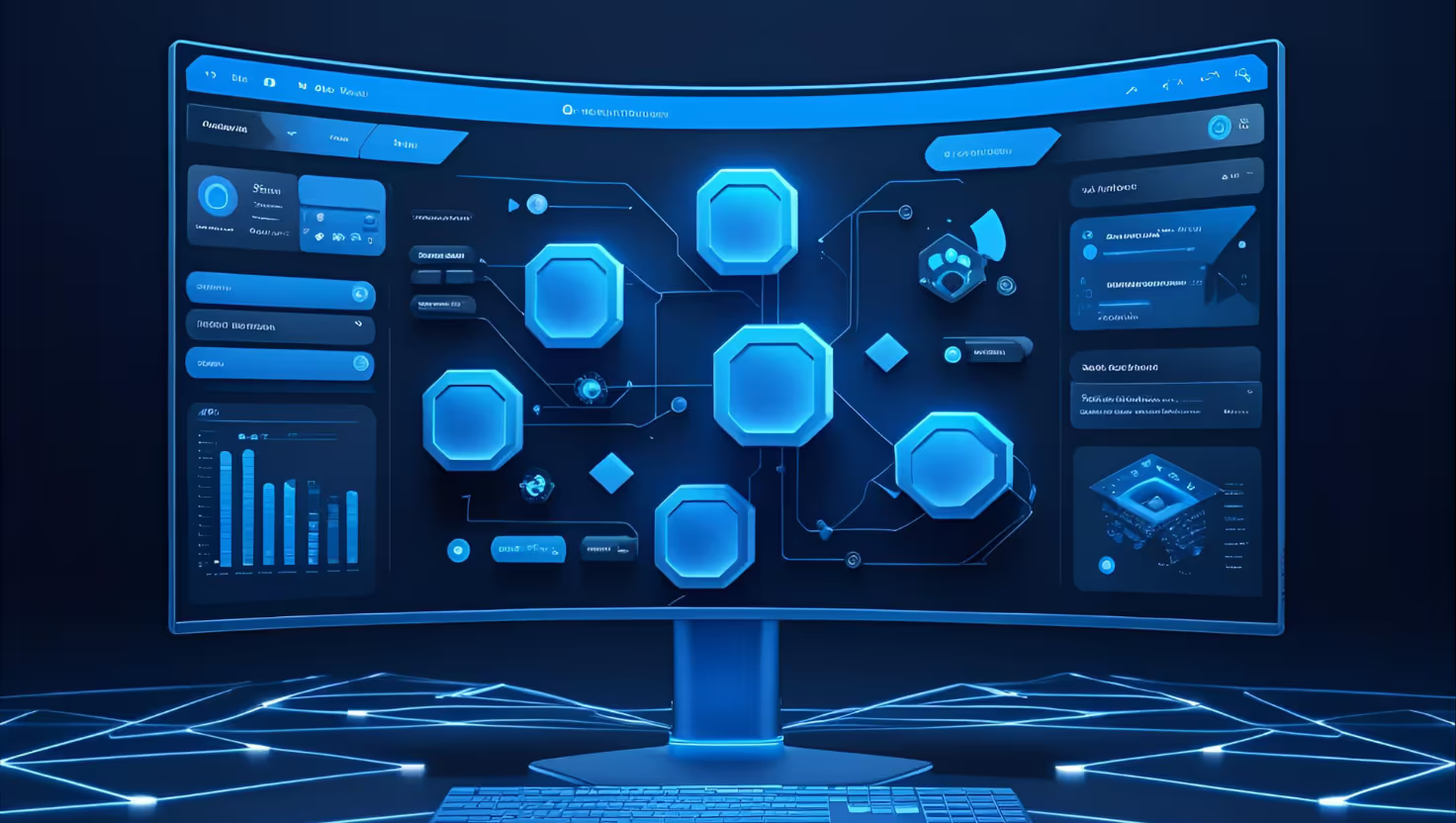












.avif)









